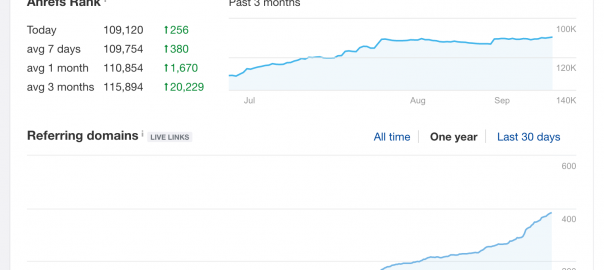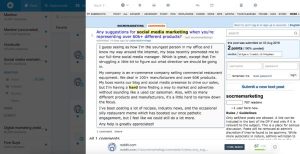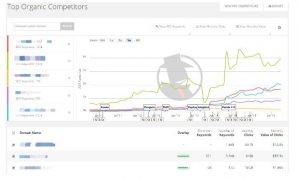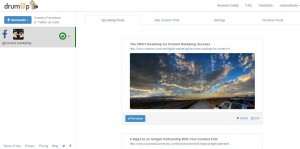Five years ago, I was trying to build links—and failing. In fact, I was failing so hard that I had to work without getting paid while building only a couple of links a month.
My team and I followed the “best practices” for link building, starting with our content. We put together some excellent research that showed you didn’t need an Ivy League degree to become a successful entrepreneur.
We thought it would be a piece of cake to pitch this masterpiece to bloggers and journalists. We were wrong. We spent countless hours sending personalized emails that were, lo and behold, getting replies but not links.
We wasted a lot of time. But, after some careful research, we learned from our mistakes. We hadn’t picked the wrong topic or the wrong sites. We had picked the wrong people. And outreach to the wrong people is the root of all link-building problems.
In this post, I share an approach that has been working for us. There is no silver bullet. But I guarantee that if you work hard, you can earn those links you want.
The #1 reason why people link to someone’s content
When we talk about link building, it’s important to take a step back and understand why sites link to other sites. As you can guess, it happens for a number of reasons—relevance, quality of content, trustworthiness. However, those factors aren’t nearly as crucial as being somehow connected to those sites.
That connection can make or break an outreach request. I’ll use a simple analogy. Think of links as recommendations: You wouldn’t recommend something you’ve never tried—no matter how good the product actually is. The same goes for content marketers. They’re unlikely to link to something they haven’t already had a personal, positive experience with.
But what about Big Famous Websites? Don’t they earn tons of links because they’re a well-known brand? Not always. To confirm, here’s how many links my guest posts have acquired on some of the most-known digital marketing sites:
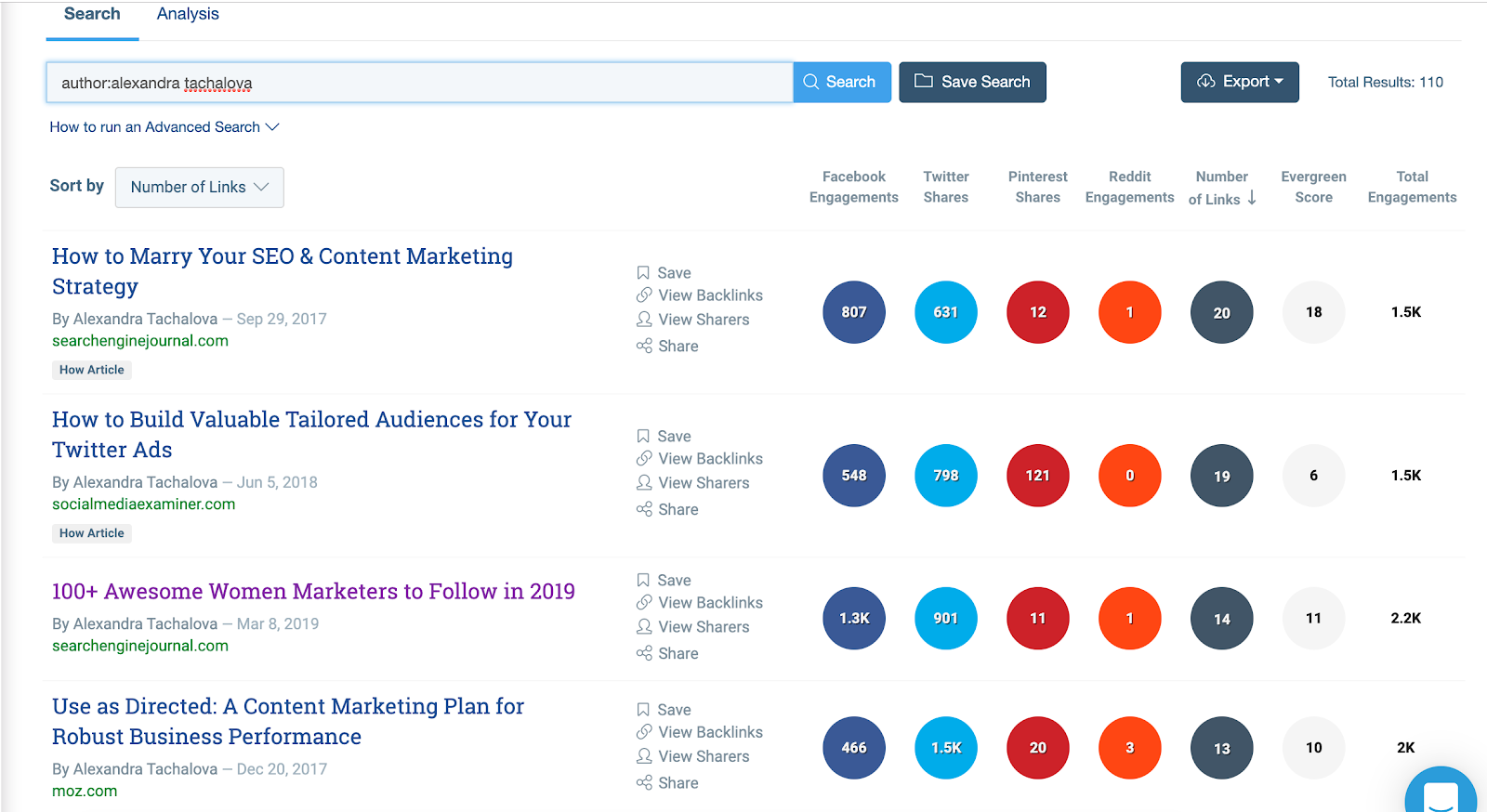
The highest number is 20, which is only double the amount my August post got on our own site. And that post is fresh off the press—it might still gain some traction:
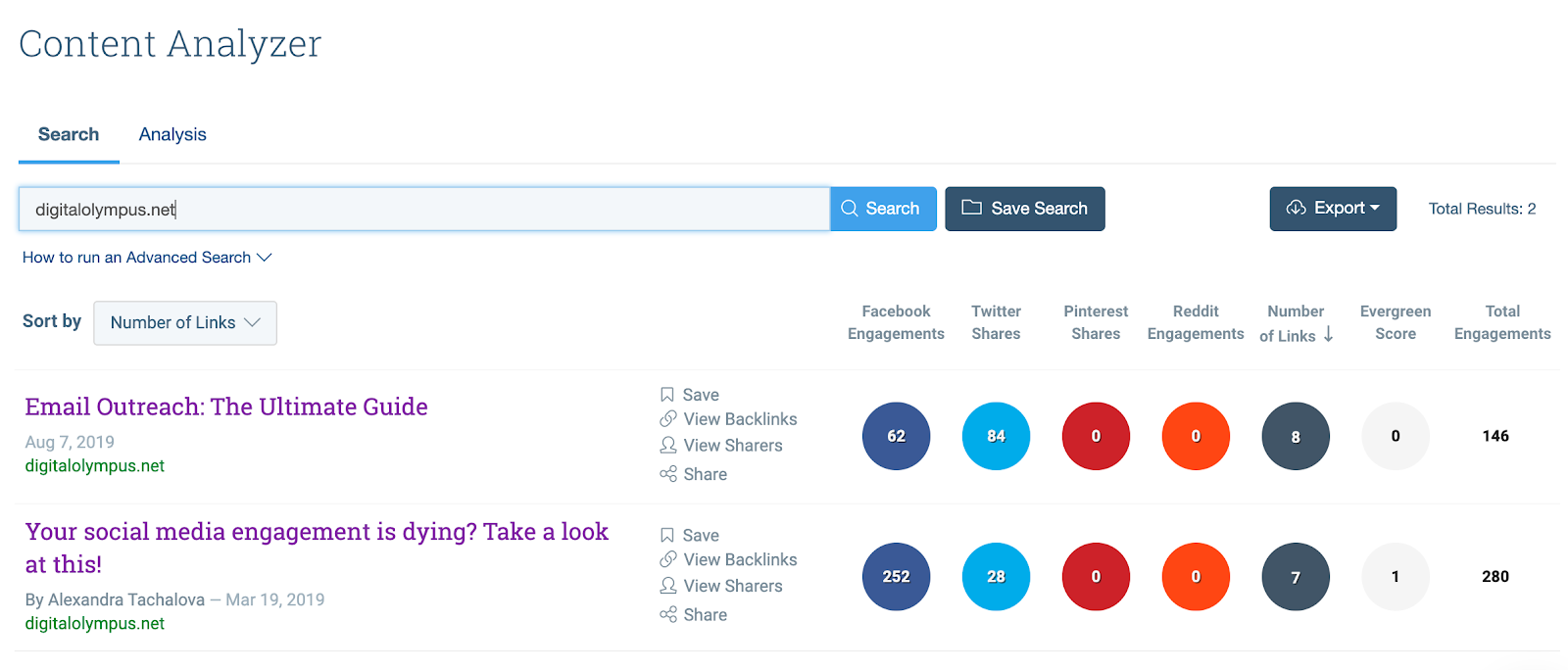
Even top-notch sites have to pitch their content to acquire links. But why do so many sites struggle? Let’s take a look at the most common mistakes people make.
What’s wrong with the typical link-building approach?
So why were we lucky to build a single link or two, despite following every “best practice”? We pitched content to people who didn’t know us.
They had no interest in opening emails from strangers. You have no interest in opening emails from strangers. Research published by Brian Dean shared that over 80% of cold outreach emails are ignored. So what happened to us five years ago wasn’t an anomaly; it’s the industry norm.
If you still want to go the email-blasting way, you have to play a numbers game, emailing thousands of people every week. This makes link building something that only a few businesses can afford to scale. But even if you can, hiring dozens of people isn’t the answer.
(We have clients that employ teams of marketing professionals to build links from 8 to 5 every day. They’re still clients and need our help.)
Here’s the thing. The process of link building requires good relationships with the right people. And those relationships take time to develop—even the most amazing outreach email will not get you there. You can’t substitute “tactics” for relationships.
So, even if you have the resources to email thousands of people a day, don’t do it. Do this instead.
A relationship-centered link-building strategy
Okay, now it’s time for the “how to.” I’ll leave you with an actionable plan for successful link-building campaigns.
All current link-building guides are based on the following logic: You’re searching for blogs that are relevant to the content you’re pitching. But, as you know, this rarely works. Why? Because those blogs have never heard about you or your brand! Why should they help you?
Our link-building approach prevents you from email blasting people you barely know or, more often than not, people you didn’t even know existed. As soon as you figure out how to build relationships with people already loyal to you, new opportunities will come up on their own.
For example, your link-building partners might give you warm intros to their connections. You could also try reaching out to people your partners collaborate with—you already have something in common, so it won’t be your typical cold outreach.
Finally, I’m a big believer that you don’t need any particular tool to make your outreach campaign shine. However, we’re geared up quite heavily and use almost all the link-building tools listed here.
Ready to start your own successful link-building campaign? Here’s our step-by-step guide.
Step 1: Check your circles
Start with your contacts—anyone who has ever communicated with your company. Normally, I recommend starting with clients, partners, and email subscribers. They already have a positive attitude toward your company.
Please note that even though those people comprise your loyal audience, you should still return the (or a) favor. You could:
- Promote their content across your social media channels;
- Quote someone from their company in your next guest post;
- Feature them in your newsletter;
- Gift them some company swag;
- Link to something link-worthy from their site.
One more idea to consider—my fav—is being an intermediary. This involves giving a warm introduction for your link prospect to someone with whom they want to connect.
Do favors for people. As often, as much as you can. Especially if it’s easy for you, like an email intro or pinging a friend.
It generates goodwill like nothing else, and the ROI is infinity.
— Peep Laja (@peeplaja) September 13, 2019
Relying on quid pro quo alone is too risky. Go out of your way to build actual relationships with your partners. If you communicate with these people only when you need a link, you’re in trouble. But maintaining and building these relationships can help when it comes time to ask for links.
As for contacting clients, it shouldn’t take too much time to gather their emails and site URLs. That data can be especially quick and easy to pull from a CRM.
If you have emails, you can easily extract domain names. In a chapter of my email outreach guide, I share how to do it efficiently with Excel. I use two formulas:
- “Split to columns” to get a list of client domains:
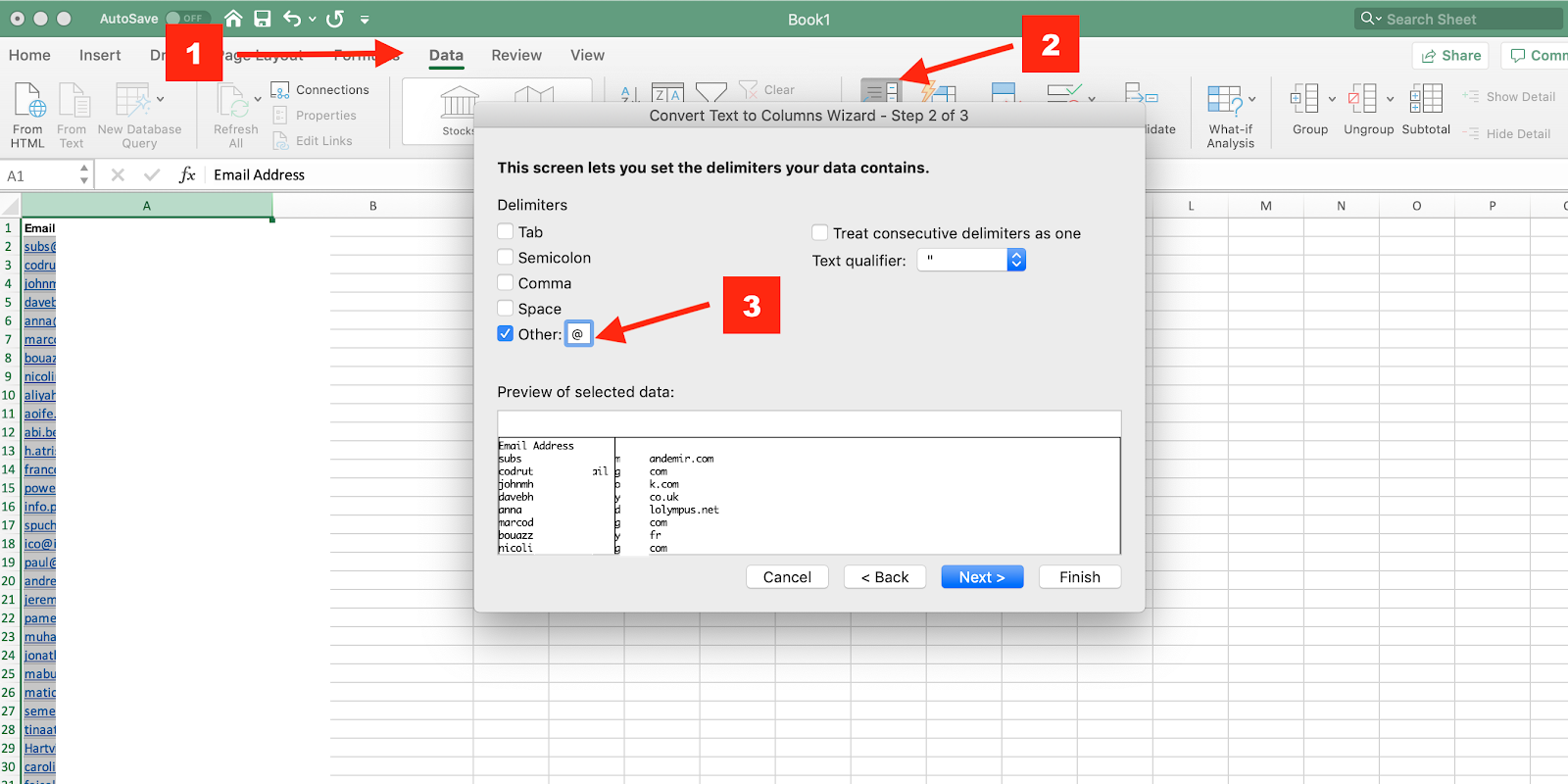
- “Vlookup” to filter out free email providers from a list of sites you got from the previous step:

Another group of users to tackle: people who shared your content on Twitter. Obviously, those users are familiar with and like your brand—low-hanging fruit for link building.
Aleh Barysevich, Founder of Awario and SEO PowerSuite agrees:
Use a social listening tool to track linkless brand mentions across blogs, then reach out to people and ask for a link.
These bloggers already know your company and care enough to mention it in their content, and a lot of them will be happy to add in a link.
Here’s a superb post from Nadya Khoya to guide you on how to find and connect with these users. (She suggests using BuzzSumo.)
Step 2: Filter out sites with low domain authority and organic traffic
Once you have a list of sites from Step 1, you need to exclude sites with low domain authority and/or zero organic traffic.
The easiest way is to use the Ahrefs Batch Analysis tool, which allows you to check up to 200 domains at once. (You can also use their API—no developer required—to grab this data within Screaming Frog.)
You can see the ranking keywords, traffic, and Domain Rating (i.e. authority):

Before clicking “Export,” filter the list. Justin Champion, content marketing professor at HubSpot Academy, suggests that “websites with high domain authority will provide more value in regard to building inbound links.”
He recommends to “focus on websites with a domain authority of 30 or above.”
Step 3: Ensure that your link prospects write about relevant topics
You now have a list of sites that have decent Domain Ratings and organic traffic (and, most importantly, a connection to you or your brand).
However, there’s still one more thing left. You need to ensure that the sites have:
- Content that’s relevant to your pitch…
- …that also gets updated frequently.
To figure this out, you can either check the sites manually or use BuzzSumo. With the help of the Content Analyzer tool in BuzzSumo, you can uncover whether a particular blog covers relevant content.
As you can see on the screenshot, I searched for posts related to “content marketing” on the blog 99signals.com:
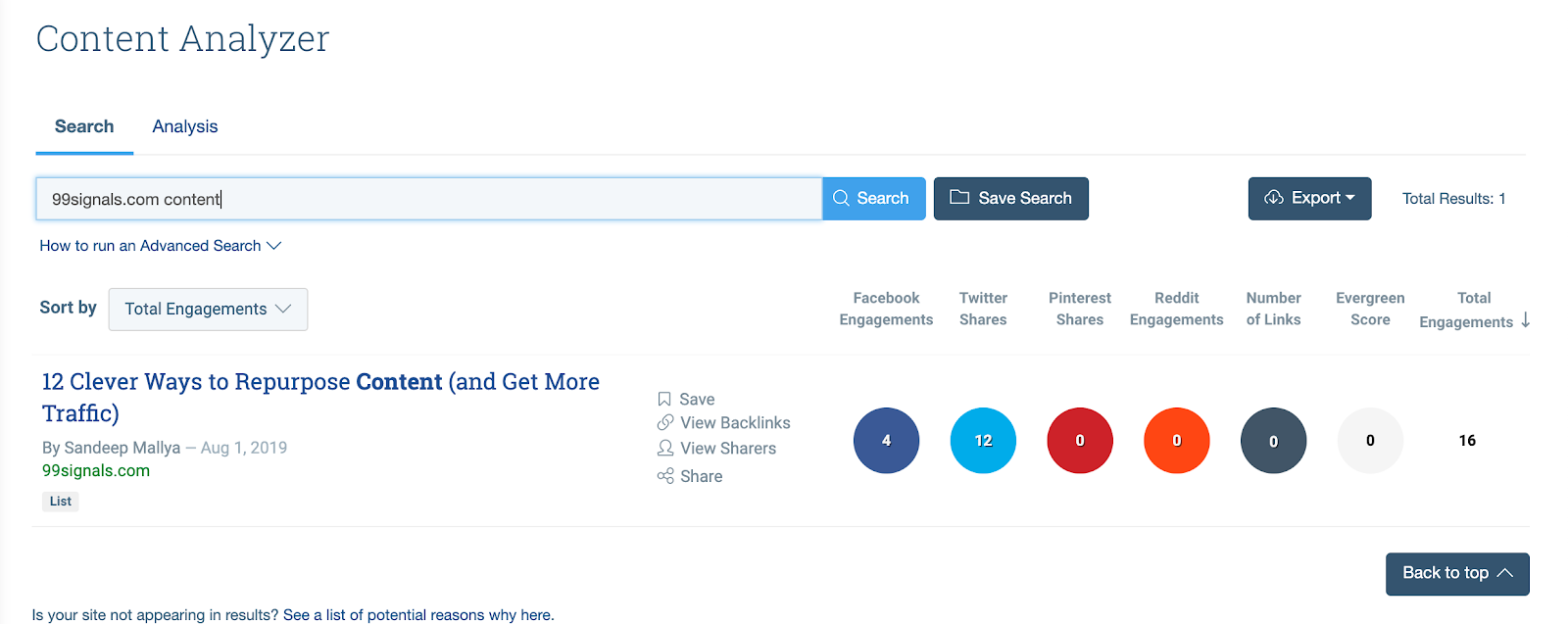
When we have a final list of relevant sites, we prefer using Pitchbox. This tool helps us manage the process of acquiring links and moves our email outreach through negotiation stages. Plus, it alerts us if, at some point, we’ve already built links with this site for other clients.
My next screenshot is an example of how we track the progress of our outreach campaigns. It gives us a great overview of where we are and which stages we should focus on.
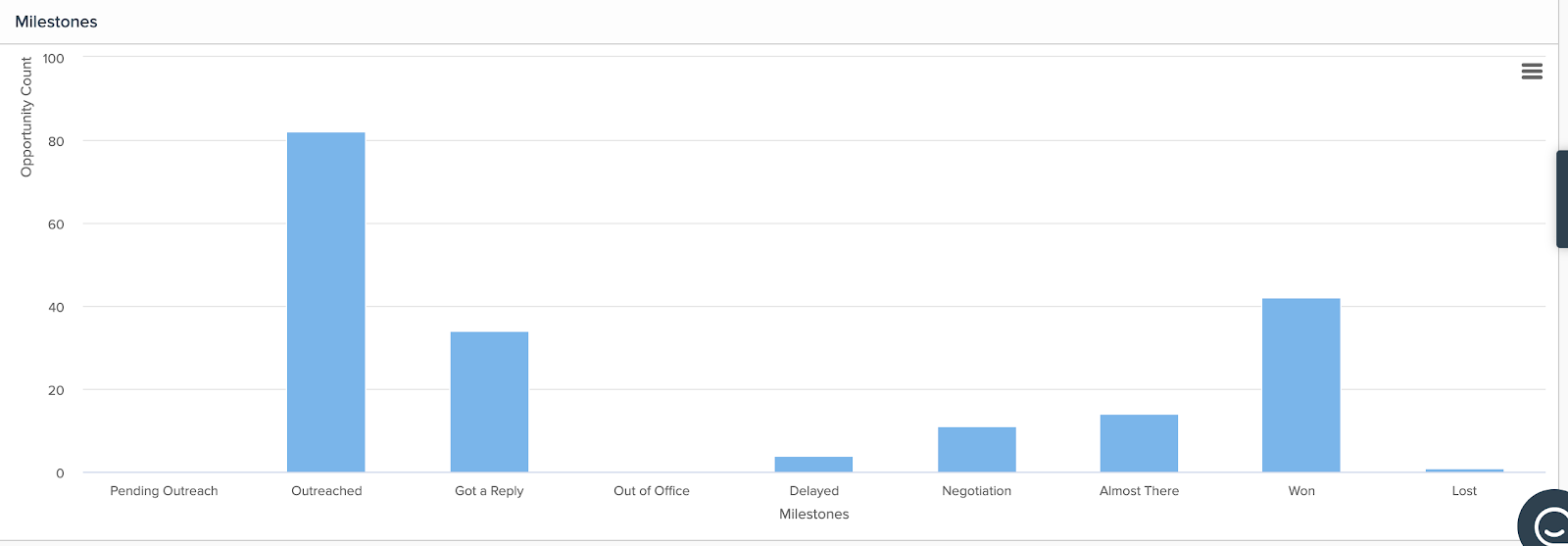
Additionally, Pitchbox allows you to set reminders. Those can be useful for making sure that everybody who promised you a link actually gives you one. You can further personalize Pitchbox by adding custom fields for taking notes.
Finally, Pitchbox allows us to set up email outreach sequences and follow-ups, which can be quite handy. For instance, you can select the frequency of follow-up emails and how many of them you want to send:

Step 4: Initiate your email outreach campaign
Decide whether your link prospects need a quick warm-up or if they’re ready to receive your pitch. We do 99% of our email outreach campaigns manually and, as a result, spend some time researching and personalizing emails before clicking “Send.”
Since our list of link prospects is based on sites connected to our client’s brand, we have established relationships. However, in some cases, we need to persuade them that working with us is beneficial.
Depending on the situation, we use the following strategies:
- Sharing their most recent content across our client’s social media channels (which you can source via BuzzSumo).
- Leaving a quick comment on their blog. This works especially well with blogs that have near-zero comments.
- Asking them to participate in a round-up post.
- Inviting them to drop a quick expert quote in a client post.
- Connecting with them on LinkedIn with a sweet personalized message.
If you take a “warm up” route, do it slowly. You won’t get a link if that’s your only goal; you have to commit to building an authentic, mutually beneficial relationship.
Ask how you can help them instead of pushing them to do favors for you. Once you figure out what they want, make it happen. Don’t ask for a link before then.
Content marketer and blogger, Ryan Robinson, also follows this principle in his outreach.
Whenever I’m reaching out to a high-value blogger or brand to pitch them on a guest post or ask for a mention, I’m always thinking about the long-term partnership potential—and what I can do first to make my eventual ask a no-brainer for them to say yes to.
Whether it’s offering up an introduction to someone they’ve been wanting to connect with, giving them the opportunity to write a blog post for a website where I know an editor, getting them featured in a press outlet or otherwise, it pays dividends to be thoughtful up front and play these scenarios out in your head long before actually making your ask.
“Slow link building” gets the best results. Normally, it takes a few months to move from the first email outreach email to an established relationship. But we don’t mind—a new partner could potentially bring us 5–10 links per month.
As Alex Chris, Digital Marketing Manager of Reliablesoft.net, adds:
Another advantage of slowly building relationships and not rushing to get a link is that, eventually, you’ll have a group of like-minded people that can help you accomplish other (also important) tasks besides link building.
Think of it like your rescue group that is ready to support you whenever in need.
Finally, always follow up with people who may overlook your first email or stop replying in the middle of negotiations. Here’s a good post that shows what a successful follow-up email should look like.
You don’t necessarily need to send a follow-up through the same channel. I actually prefer to send follow-ups on LinkedIn and Twitter.
Step 5: Take the links you got one step further
Once you get your first links, of course, you want more. The good news is that you don’t have to go through a new round of link prospecting to scale what you have—a fact most link-builders miss.
Check the kinds of sites your partners—those who link to you—get links from. I use Ahrefs to see which pages refer to my partners’ content pages (i.e. interior pages).
Even for large sites, that’s a scalable strategy: Top, high-ranking pages often have just a couple hundred links:
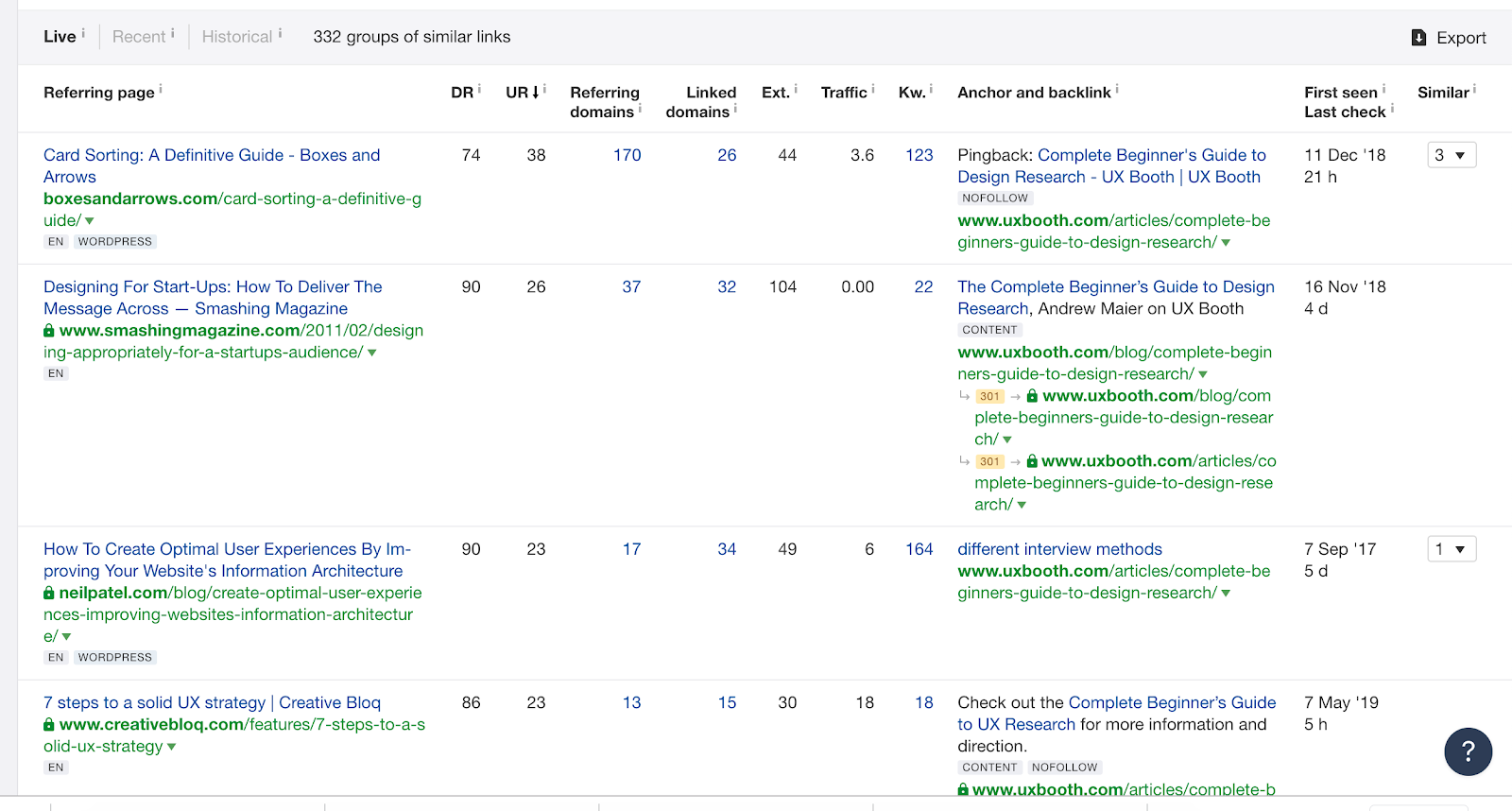
Then, I figure out whether those referring pages are delivered by guest contributors. Personally, I prefer to connect first with them—they could bring many more links compared to in-house writers.
Right from the start, you have something in common. They’re referring to a site or person with whom you already partner, so you pass the initial credibility check.
Finteza, an analytics tool, recently used this strategy. They established a relationship with Irina Weber, who contributes regularly to a good number of blogs.
That one connection made it much easier for them to reach out to other people who contribute to the same sites as Irina:
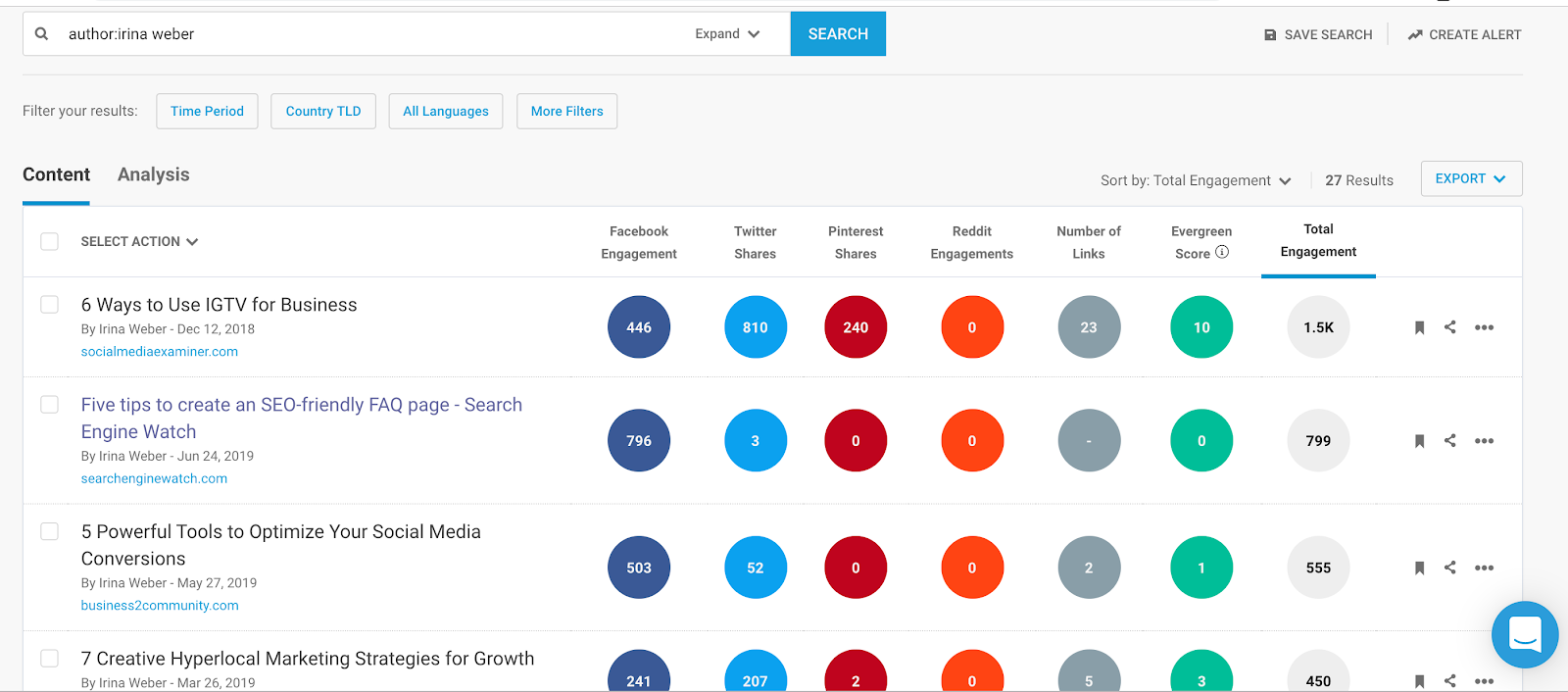
This resulted in acquiring around 400(!) excellent editorial links across well-known industry blogs in a few months:
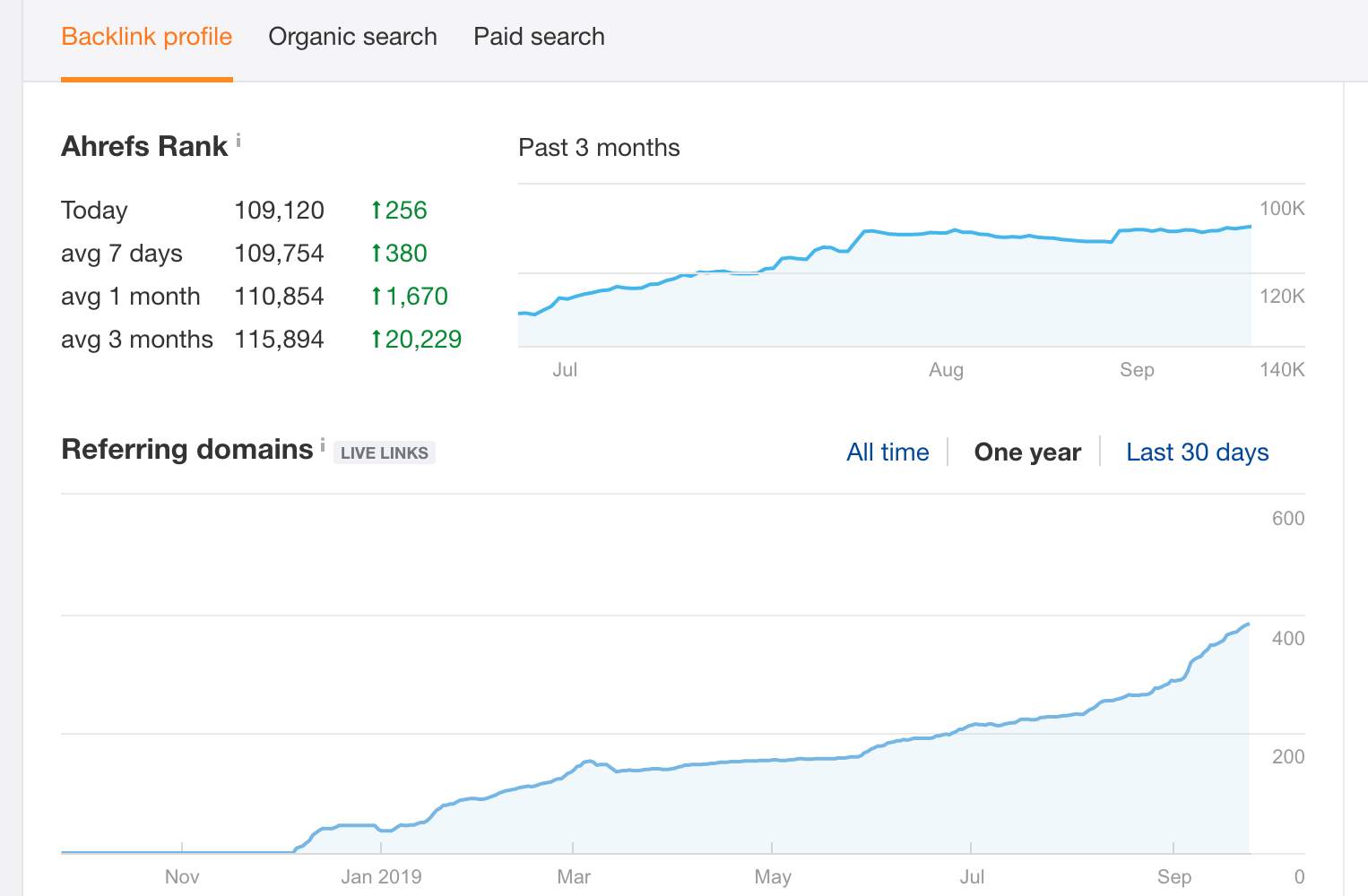
We don’t spend time manually searching for contact details of these people—Pitchbox does it for us. However, sometimes even Pitchbox fails to secure an email of the person. That’s where tools like Hunter.io and Viola Norbert come in.
Conclusion
It took me years of trial and error to find a link-building process that worked. I still look for new ways to get more links faster.
Start by taking my approach:
- Identify those connected to you (or your clients’) brands.
- Filter that list for quality sites that write about relevant topics.
- Build an authentic relationship that can help you earn links over time.
Personalize the strategy based on the resources and skills you have. Fine-tuning will take time but be worth it in the end.
Digital & Social Articles on Business 2 Community
(70)
Report Post